The offside rule in soccer is one of the more perplexing rules, but it needn’t be.
An offside is called when an attacking player receives the ball closer to the defending team’s goal line then the second last opponent (counting the goalkeeper).
The only exception to this rule is when the attacking player receives the ball directly from a goal kick, a throw-in, or a corner kick.
Law 11, as the offside rule has been classified by FIFA, is also not applicable when the attacking players are in their own half.
An attacking player that is beyond the second last defender is said to be an offside position, but no infringement will be called for that unless he receives a pass from his team-mate. Only then will he be “played” offside.
The linesmen, or assistant referees, are responsible for calling offside infringements. This also means that they get most of the flak for marginal offside calls i.e. when an attacking player is barely level with the defending player.
Unlike in basketball and American football, there are no video reviews for offside calls, although this could one day change.
Check out an Associated Press article on the possibility of video reviews for offside rulings.
Video Review Available to Help on Offside Calls
RIO DE JANEIRO (AP) — FIFA’s fast-changing views on video review could one day see referees get outside help with offside calls.
The head of World Cup broadcast operations on Sunday said the technology is already there to do it whenever FIFA wants to change the rules.
“If the policy changes, technically speaking it is possible,” said Francis Tellier, chief executive of Host Broadcast Services.
World Cup TV viewers are familiar with Tellier’s team providing quick on-screen images for tight offside rulings.
Twice the images suggested Mexico was wrongly denied first-half goals in its 1-0 win over Cameroon on Friday.
Viewers see a freeze-frame shot with a pitch-wide line to measure the attacking player’s position against defenders. It is done by a production technician working in the broadcaster compound adjoining each of the 12 stadiums in Brazil.
“There is a specific operator only doing that,” Tellier told reporters on the sidelines of a FIFA briefing on World Cup broadcasting. “The operators are super well trained for that. He is adjusting the line and they are very experienced in it.”
Previously, FIFA’s long-standing opposition to helping referees with video technology meant such images were only part of the TV show and not the action.
That is changing.
Goal-line technology is debuting at this World Cup after FIFA President Sepp Blatter changed his mind on seeing England’s Frank Lampard have a goal not allowed four years ago in South Africa.
Blatter took another unexpected step last week, suggesting coaches could in future get two chances per match to challenge referee decisions.
That would bring football into line with tennis, the NFL and Major League Baseball.
Tellier said football would not be the first sport to use video review when ruling on offside calls.
“It could be possible as it is in sports like rugby, but now it’s forbidden,” he said.
Any change to the laws of football must be discussed, trialed and approved at annual meetings of FIFA’s rules panel, the International Football Association Board.
Blatter and UEFA President Michel Platini, who is an outspoken critic of any video review, have both defended keeping a human element in decision making.
Tellier acknowledged that the current offside analysis could not be perfect.
“It’s still a human being ... under time pressure,” he said. “If you send it too fast then there is a risk that you make a mistake.”
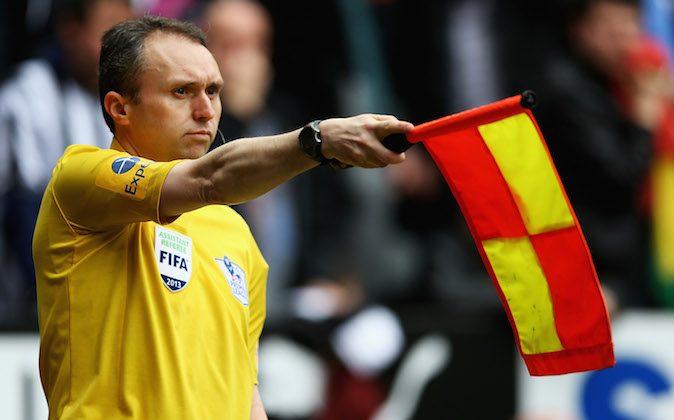
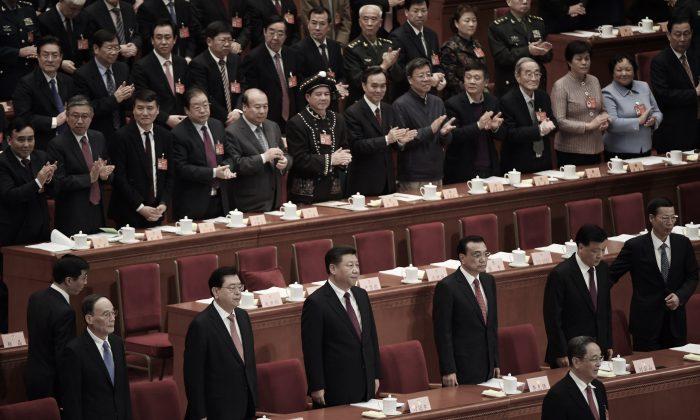
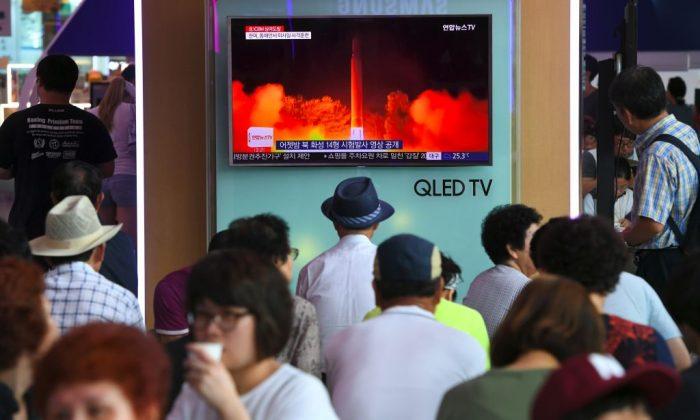
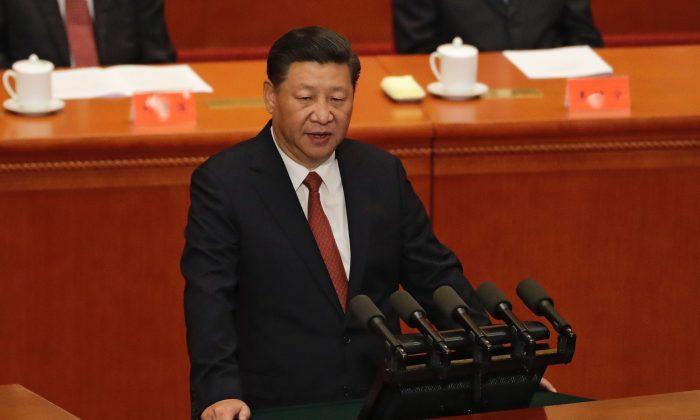
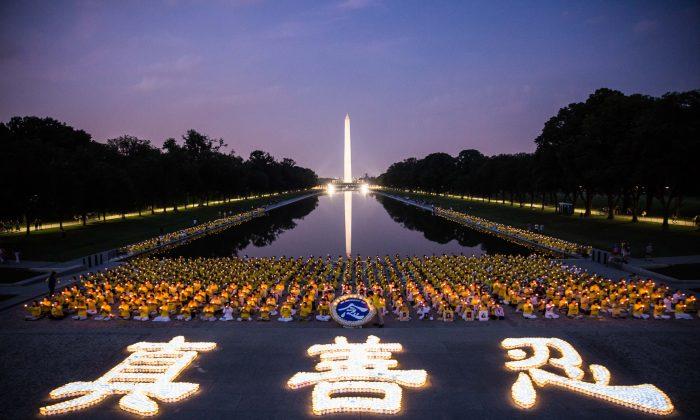
Friends Read Free